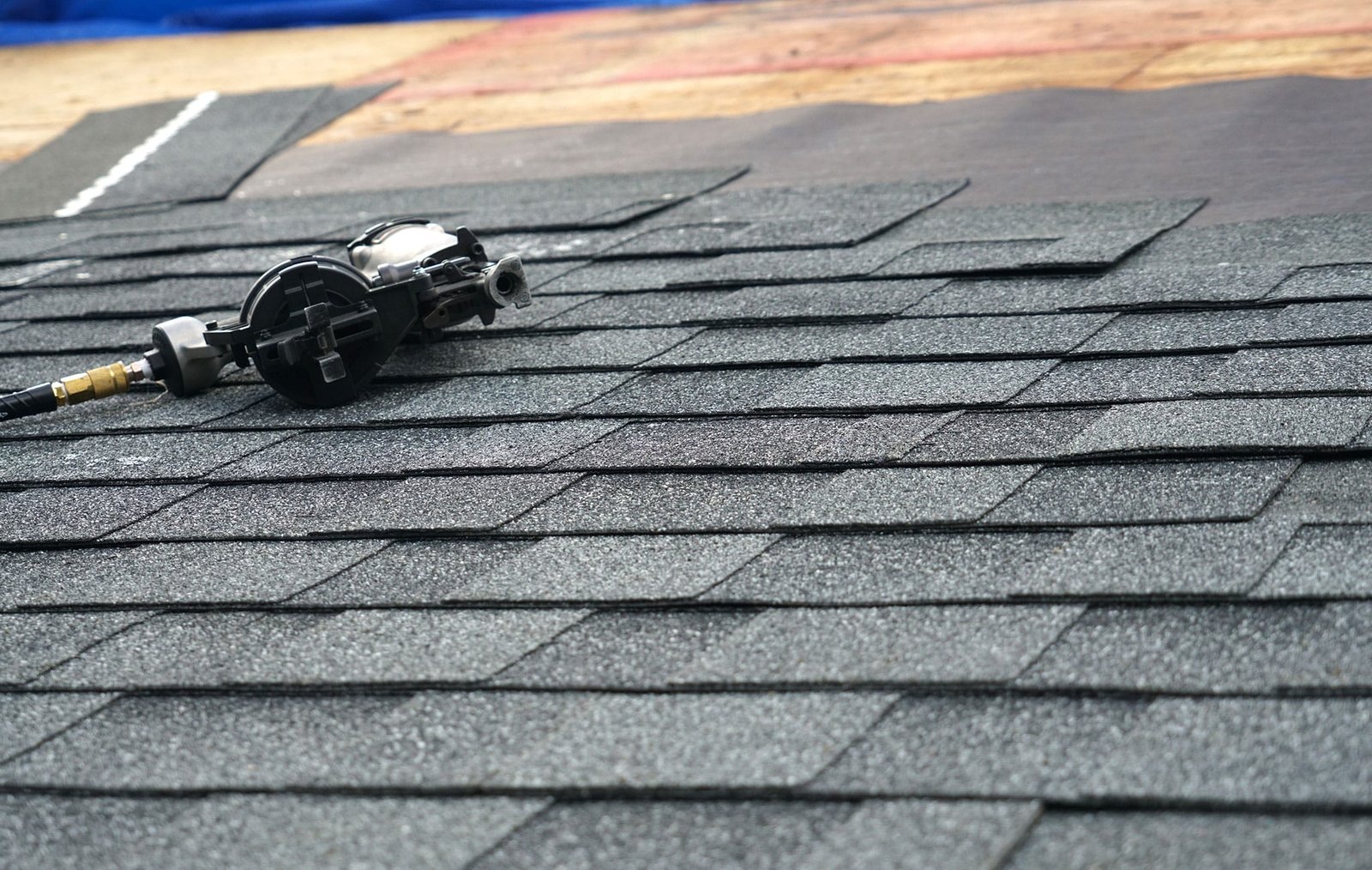When nature strikes with its fury, leaving behind a trail of destruction, the process of rebuilding can feel overwhelming. Storm damage restoration is not just about repairing what’s broken; it’s about restoring a sense of normalcy and safety to your home or property. In this guide, we’ll walk you through 10 easy steps for storm damage restoration, ensuring a smooth and efficient recovery process. If you’re in Minnesota, we’ll also highlight the importance of seeking professional storm damage restoration services in your area.
Step 1: Assess the Damage
Before you can begin restoration efforts, it’s essential to assess the extent of the damage. Inspect your property thoroughly, both indoors and outdoors, taking note of any structural damage, water intrusion, or debris accumulation. Document the damage with photographs or videos to assist with insurance claims and restoration planning.
Step 2: Ensure Safety
Safety should always be the top priority during storm damage restoration. Be cautious of any hazards such as downed power lines, unstable structures, or contaminated water. If necessary, evacuate the premises until it’s deemed safe to return. Wear appropriate protective gear such as gloves, goggles, and sturdy footwear when inspecting or cleaning up storm-damaged areas.
Step 3: Contact Your Insurance Provider
Notify your insurance provider as soon as possible to initiate the claims process. Provide them with detailed information about the damage, including photos, videos, and any relevant documentation. Understanding your insurance coverage and policy limits will help you make informed decisions during the restoration process.
Step 4: Secure the Property
To prevent further damage and ensure the safety of your property, take steps to secure vulnerable areas. Board up broken windows, doors, or openings to protect against intruders, weather, and pests. Cover damaged roofs with tarps or temporary patches to prevent water intrusion.
Step 5: Remove Debris
Clearing debris from your property is essential for safety and restoration efforts. Dispose of fallen branches, damaged furniture, and other debris properly, following local regulations. Consider renting a dumpster or hiring a debris removal service for large-scale cleanup.
Step 6: Mitigate Water Damage
Water damage can quickly escalate if not addressed promptly. Remove standing water from your property using pumps, wet/dry vacuums, or towels. Thoroughly dry affected areas using fans, dehumidifiers, or air movers to prevent mold growth and further damage.
Step 7: Restore Utilities
Ensure that utilities such as electricity, gas, and water are safely restored before reoccupying the property. Contact utility providers or licensed professionals to inspect and repair any damage to utility lines or systems.
Step 8: Repair Structural Damage
Addressing structural damage is crucial for the safety and integrity of your property. Hire licensed contractors or restoration professionals to assess and repair structural damage, including roofing, siding, foundations, and interior walls.
Step 9: Clean and Disinfect
Thoroughly clean and disinfect storm-damaged areas to remove dirt, debris, and contaminants. Use appropriate cleaning solutions and disinfectants to sanitize surfaces and restore a hygienic environment.
Step 10: Restore and Rebuild
Once the property is cleaned, dried, and repaired, it’s time to restore and rebuild. Work with experienced contractors, architects, and designers to restore your property to its pre-storm condition or implement improvements for enhanced resilience and safety.
Seeking Professional Storm Damage Restoration Services in Minnesota
In Minnesota, where severe weather can wreak havoc on homes and properties, it’s crucial to enlist the help of professional storm damage restoration services. Companies specializing in storm damage restoration in Minnesota have the expertise, experience, and resources to handle the unique challenges posed by severe weather events.
Professional storm damage restoration services in Minnesota can provide:
- Emergency response and tarping services to secure your property.
- Comprehensive damage assessment and documentation for insurance claims.
- Water extraction, drying, and mold remediation to mitigate water damage.
- Structural repairs and reconstruction to restore your property to pre-loss condition.
- Expertise in navigating insurance claims and maximizing coverage for storm damage restoration.
By partnering with professional storm damage restoration services in Minnesota, you can expedite the recovery process and ensure the safety and integrity of your property for years to come.
Conclusion
storm damage restoration is a multi-step process that requires careful planning, attention to detail, and professional expertise. By following these 10 easy steps and seeking assistance from professional storm damage restoration services in Minnesota, you can rebuild safely and swiftly after a storm, restoring your property to its former glory.
